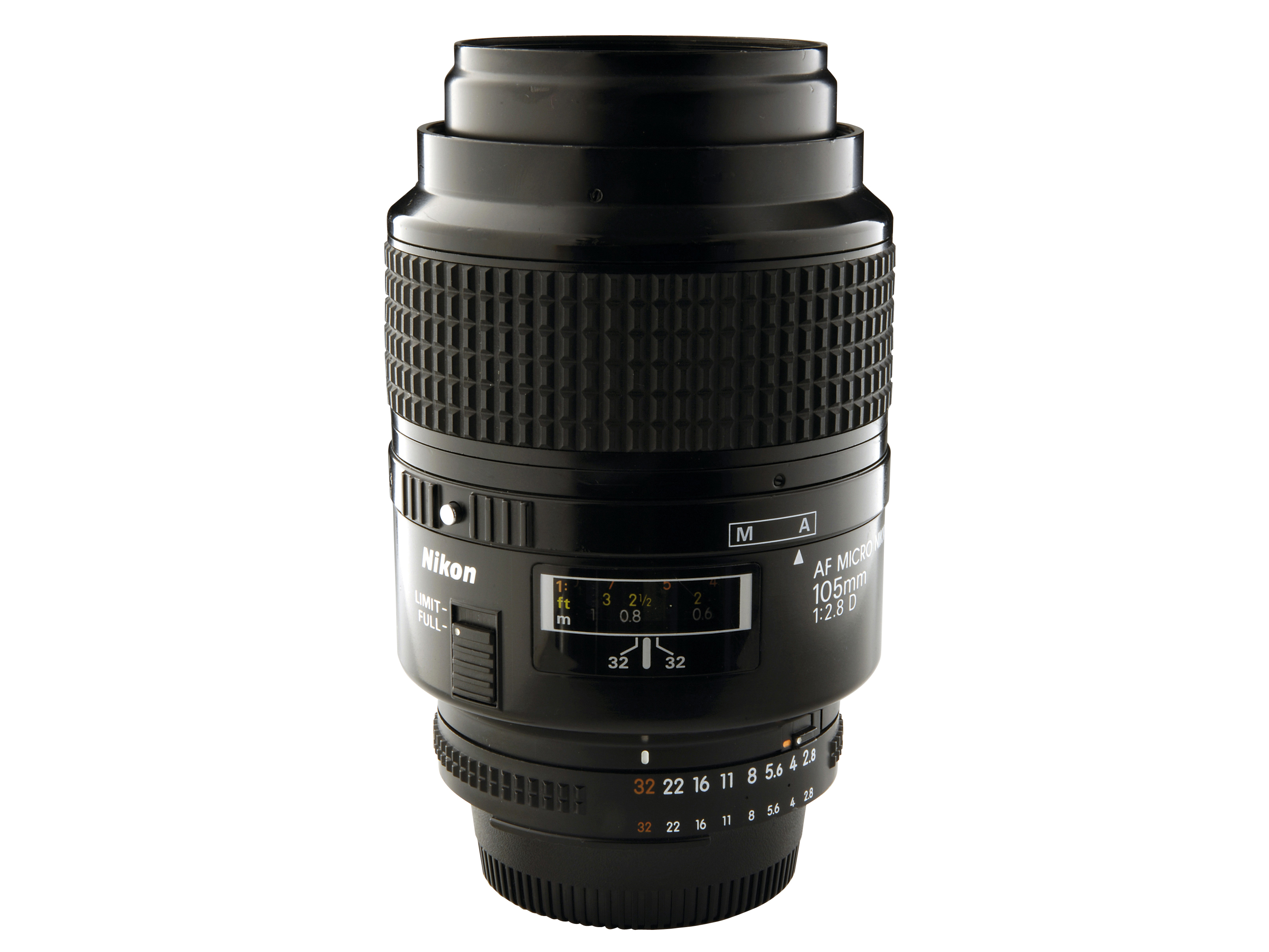Non-linear lenses give sharper, 3D images
Scrambles and decodes light to enable ultra-high resolution snaps

An imaging method developed by Princeton researchers could lead to lenses that show all of a scene at once in the same high detail or compute 3D images from a single viewpoint.
The new method takes advantage of nonlinear optical materials, where light rays mix with each other in complex ways. Rays that don't reach the camera may pass along some of their information to rays that do get recorded by it.
Thanks to this mixing, information that would otherwise be lost manages to reach the camera. This information can be unscrambled digitally to reconstruct an undistorted high-resolution image that is completely sharp at all points, unlike normal cameras using a lens with an aperture.
Extreme close-up
"It allows you to take a closer look at an object without narrowing your field of view," said Jason Fleischer, an assistant professor of electrical engineering at Princeton. "In such an image all parts of the scene will be 'zoomed in' at the same time."
To capture the visual information given by their nonlinear material, Fleischer used equipment to take a special type of photograph, called a hologram, which records the phase of light, in addition to its brightness and colour.
As well as enabling ultra-high resolution, sharp images, the new non-linear system could be used in reverse to give super-accurate laser lithography for making computer chips or creating a 3D image from a single camera and lens.
Get daily insight, inspiration and deals in your inbox
Sign up for breaking news, reviews, opinion, top tech deals, and more.